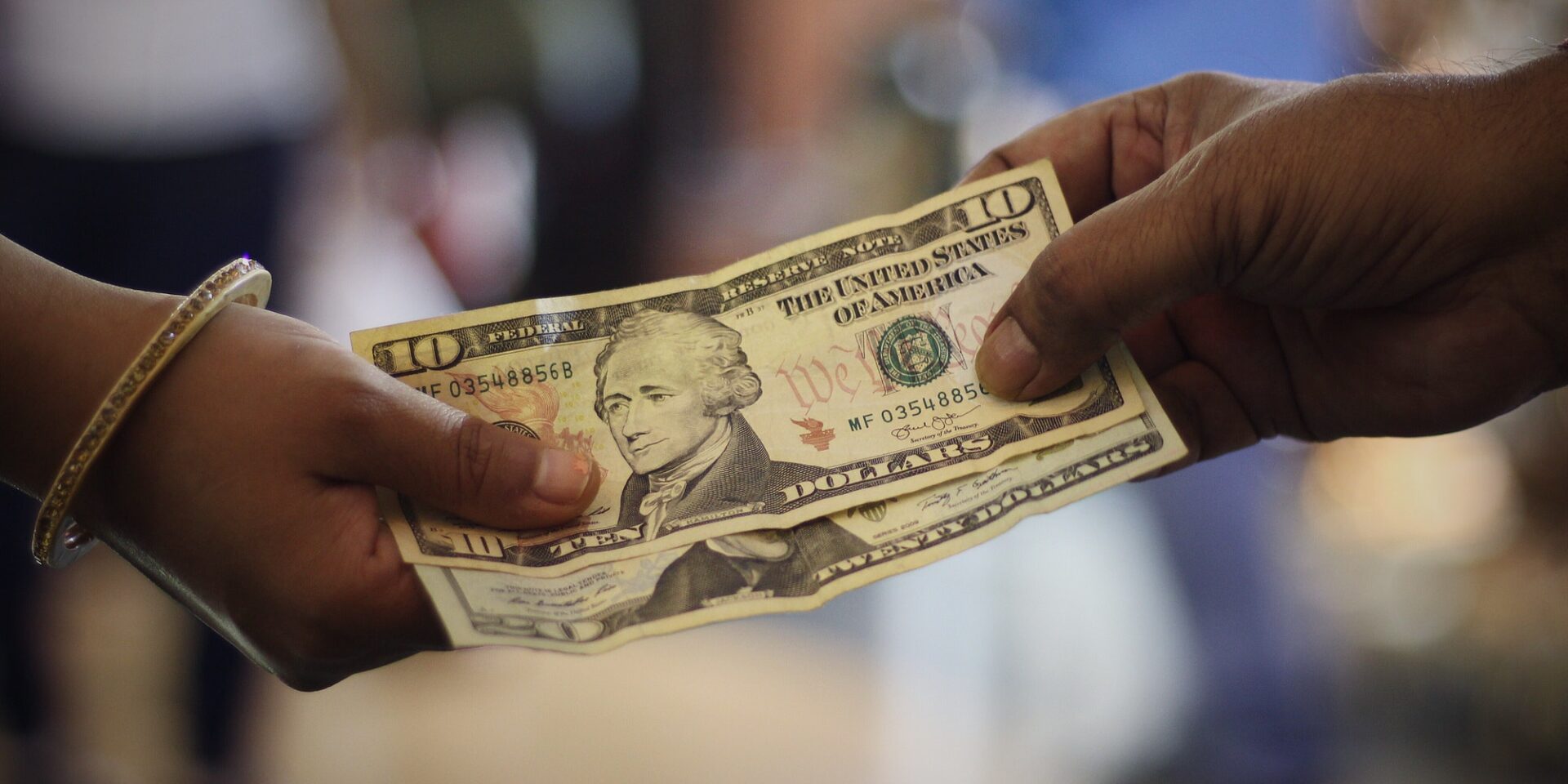It turns out that the cash in your wallet may be contaminated with the dangerous chemical BPA. A recent study by Safer Chemicals Healthy Families and theWashington Toxics Coalition found that BPA (a widely used chemical that causes genetic damage, miscarriages, birth defects and acts like a hormone) is present in paper money. Water bottles, baby bottles and sippy cups just a few years ago were almost all made from BPA-containing plastic (although many are now BPA-free). The linings in food cans often contain BPA. Now we have to deal with BPA contamination in an item that we literally touch multiple times a day.
So how did BPA, commonly used in the clear hard plastic called polycarbonate, find its way into our paper currency? BPA is so widely used by industry that it has become ubiquitous in the environment. One potential source in paper money is thermal paper—the kind that’s used in inkless cash register receipts. The traces of BPA (found in the powdery film on the receipt paper) MAY rub off and transfer from receipts to our dollar bills (ie. every time a receipt is placed near the money in a cash register or wallet; or whenever we touch a receipt before touching money, etc).
But this report demonstrates how hard it is for consumers to protect ourselves because there is so much that we don’t know. If BPA is in money, where else is it? And what other toxic chemicals are in our everyday products that we don’t even know about?
What’s the solution? The answer lies with Congress. Many health and environmental health groups have been lobbying Capitol Hill to update the 34-year-old Toxic Substances Control Act (TSCA) to crack down on BPA and other commercial chemicals. Watch CHANGE members from the Breast Cancer Fund and Center for Environmental Health tell the full story on BPA and why we need TSCA Reform then take action:


